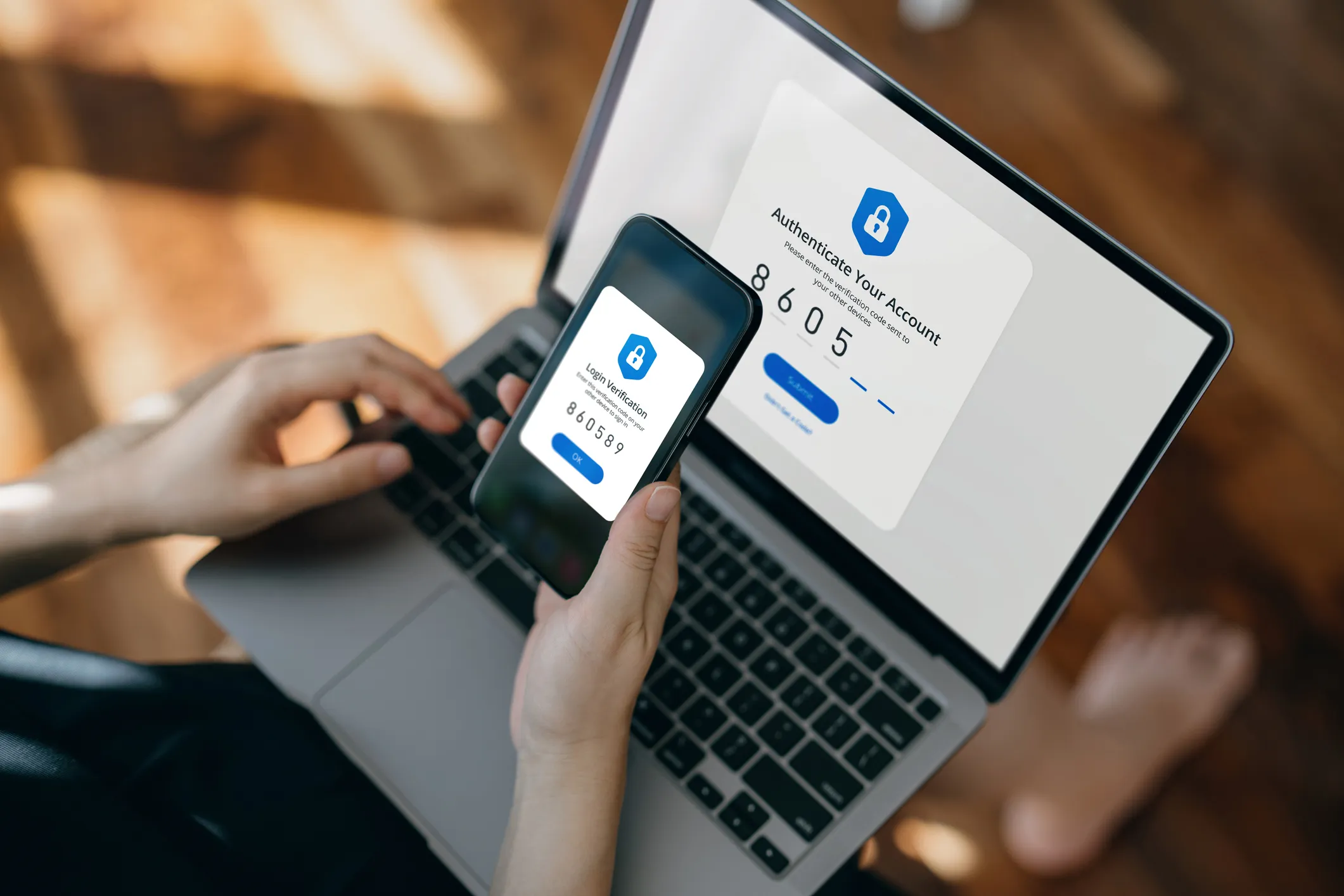What is the Bipartisan Infrastructure Deal?
The Bipartisan Infrastructure Law passed by congress in 2021 aimed to upgrade power and infrastructure to deliver clean, reliable energy across the US to achieve zero-emissions. To date, the largest investment in clean energy, the deal will fund new programs to support the development and deployment of clean energy technology.
Why is it relevant to electric municipalities?
Section 40124 of the Bipartisan Infrastructure Law allocates $250 million over a 5-year period to create the Rural and Municipal Utility Cybersecurity (RMUC) Program to help electric cooperative, municipal, and small investor-owned utilities protect against, detect, respond to, and recover from cybersecurity threats.1 This act illuminates the value behind a full life-cycle approach to cyber security. Thus, finding a cyber security solution that can provide all aspects of security in one integrated platform would enhance the overall security posture and ease many of the challenges that arise with adopting multiple point solutions.
On November 16, 2023 the Office of Cybersecurity, Energy Security, and Emergency Response (CESER) released the Advanced Cybersecurity Technology (ACT) for electric utilities offering a $70 million funding opportunity that aims to enhance the cybersecurity posture of electric cooperative, municipal, and small investor-owned utilities.
Funding Details
10 projects will be funded with application submissions due November 29, 2023, 5:00 pm ET with $200,000 each in cash prizes in the following areas:
- Direct support for eligible utilities to make investments in cybersecurity technologies, tools, training, and improvements in utility processes and procedures;
- Funding to strengthen the peer-to-peer and not-for-profit cybersecurity technical assistance ecosystem currently serving eligible electric utilities; and
- Increasing access to cybersecurity technical assistance and training for eligible utilities with limited cybersecurity resources. 2
To submit for this award visit: https://www.herox.com/ACT1Prize
How can electric municipalities utilize the funding?
While the adoption of hybrid working patterns increase cloud and SaaS usage, the number of industrial IoT devices also continues to rise. The result is decrease in visibility for security teams and new entry points for attackers. Particularly for energy and utility organizations.
Electric cooperatives seeking to enhance their cyber security posture can aim to invest in cyber security tools that provide the following:
Compliance support: Consider finding an OT security solution that maps out how its solutions and features help your organization comply with relevant compliance mandates such as NIST, ISA, FERC, TSA, HIPAA, CIS Controls, and more.
Anomaly based detection: Siloed security solutions also fail to detect attacks that span
the entire organization. Anomaly-based detection enhances an organization’s cyber security posture by proactively defending against potential attacks and maintaining a comprehensive view of their attack surface.
Integration capabilities: Implementation of several point solutions that complete individual tasks runs the risk of increasing workloads for operators and creates additional challenges with compliance, budgeting, and technical support. Look for cyber security tools that integrate with your existing technologies.
Passive and active asset tracking: Active Identification offers accurate enumeration, real time updates, vulnerability assessment, asset validation while Passive Identification eliminates the risk of operational disruption, minimizes risk, does not generate additional network traffic. It would be ideal to find a security solution that can do both.
Can secure both IT and OT in unison: Given that most OT cyber-attacks actually start in IT networks before pivoting into OT, a mature security posture for critical infrastructure would include a single solution for both IT and OT. Separate solutions for IT and OT present challenges when defending network boundaries and detecting incidents when an attacker pivots from IT to OT. These independent solutions also significantly increase operator workload and materially diminish risk mitigation efforts.
Darktrace / OT for Electric Cooperatives and Utilities
For smaller teams with just one or two dedicated employees, Darktrace’s Cyber AI Analyst and Investigation features allow end users to spend less time in the platform as it compiles critical incidents into comprehensive actionable event reports. AI Analyst brings all the information into a centralized view with incident reporting in natural language summaries and can be generated for compliance reports specific to regulatory requirements.
For larger teams, Darktrace alerts can be forwarded to 3rd party platforms such as a SIEM, where security team decision making is augmented. Additionally, executive reports and autonomous response reduce the alert fatigue generally associated with legacy tools. Most importantly, Darktrace’s unique understanding of normal allows security teams to detect zero-days and signatureless attacks regardless of the size of the organization and how alerts are consumed.
Key Benefits of Darktrace / OT
- Anomaly-based detection and real-time response
- Secures IT, OT, and IoT in unison
- Active and Passive Asset Identification
- Automated security reporting
- Attack surface management and vulnerability assessment
- Covers all levels of the Purdue Model
.avif)



































.jpeg)





